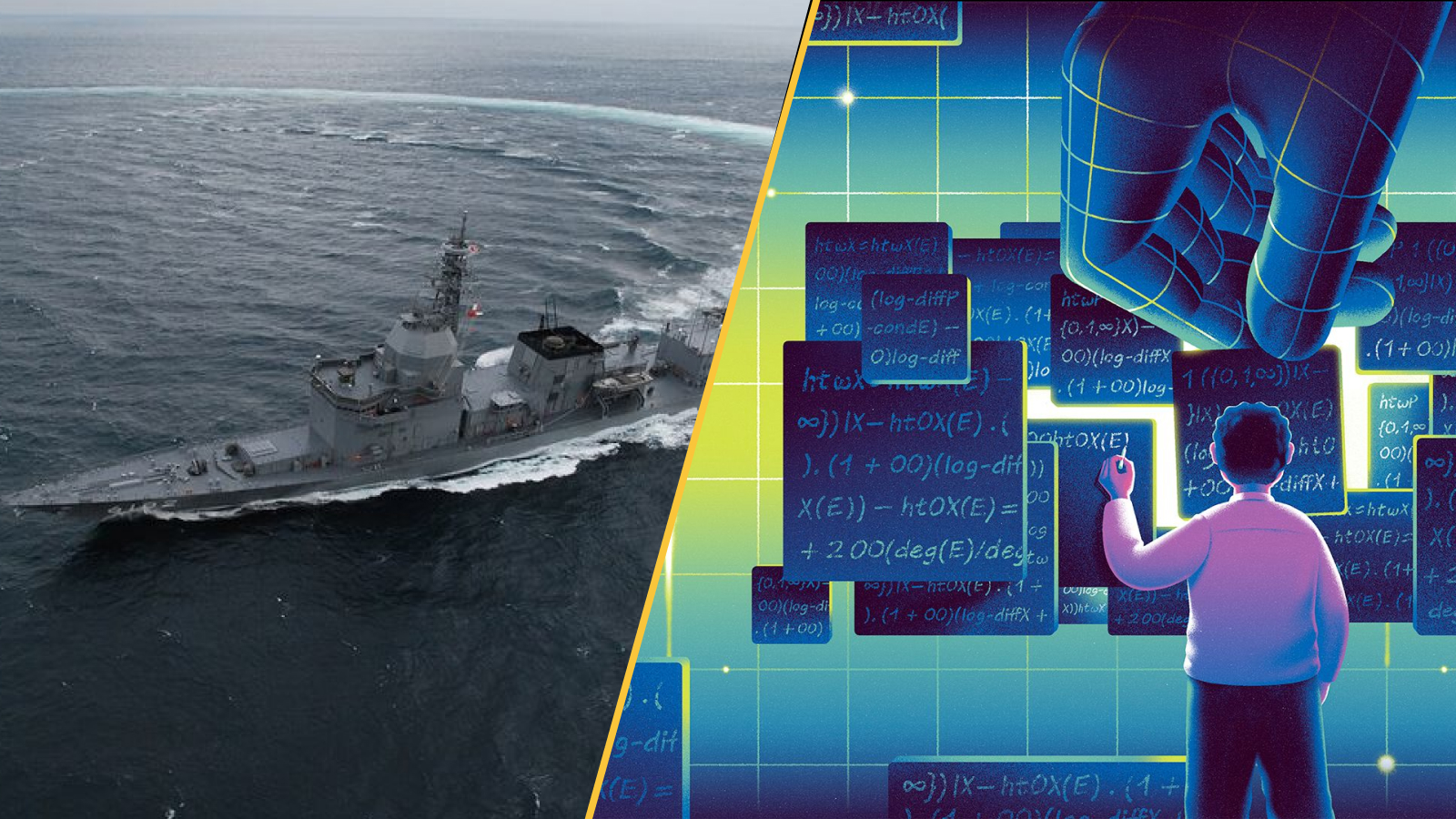Flying High: 7 Post-Hindenburg Airships
Full of hot air
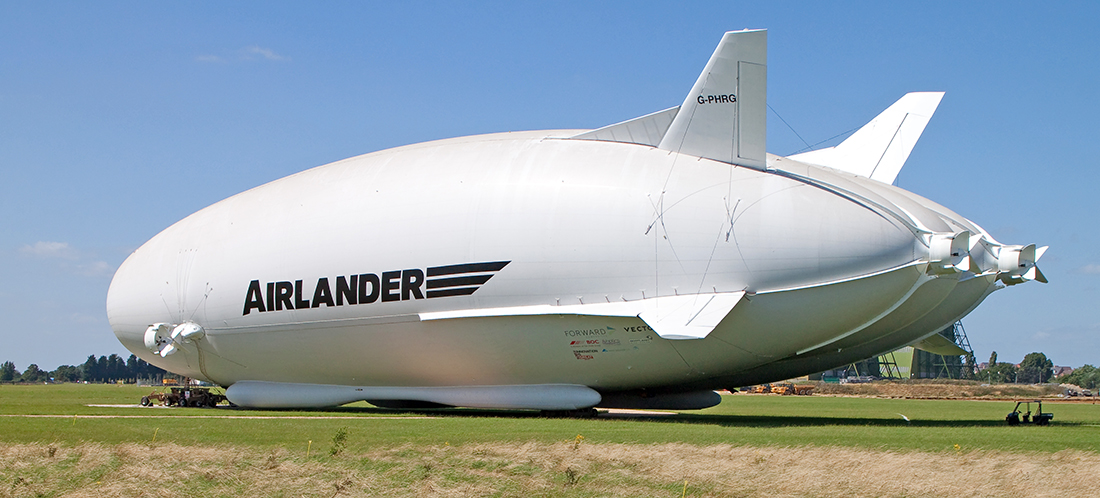
Airships — enormous gas-inflated structures buoying up metal frameworks — emerged in the early 20th century, and for several decades they were enthusiastically hailed as a practical and efficient solution for transporting large numbers of people in comfort or carrying payloads of military weapons.
But there is little doubt that the fiery Hindenburg disaster on May 6, 1937, sounded a death knell for the budding airship industry.
The sight of the giant German zeppelin descending in flames over Lakehurst, New Jersey horrified onlookers. It burned away in a matter of seconds, killing 35 of its 97 passengers, and photographs and newsreel films of the inferno brought the shocking spectacle to people around the world. [In Photos: The History of the Hindenburg Disaster]
Unsurprisingly, the popularity of flying in massive gas-filled balloons took a steep nosedive after the tragedy, and the industry never really recovered. But the dream of lighter-than-air travel died hard for some, and government agencies and private companies continue to experiment with enormous dirigibles to this day.
Here are a few modern creations that showcase the sleek designs and low carbon-footprint efficiency that are hallmarks of airship travel.
Aeroscraft ML866
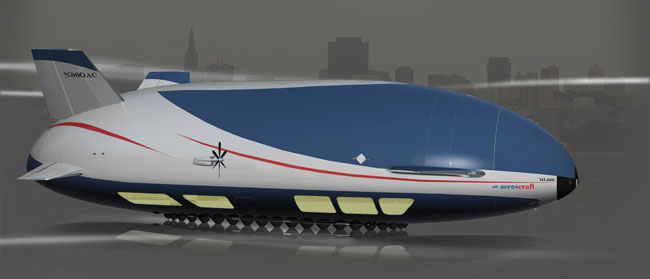
Airship engineers at the Aeroscraft Corporation are taking on an enormous challenge — building a dirigible with 5,000 square feet (465 square meters) of interior space.
Described as a "flying yacht," the Aeroscraft ML866 is currently in production, with completion anticipated in 2020, Igor Pasternak, the company's CEO and chief engineer said in a statement. It will measure 555 feet (169 meters) in length and 95 feet (29 meters) in width. By comparison, the Hindenburg measured 804 feet long and 135 feet wide, and boasted about 6,000 square feet (557 square meters) of floor space divided between two decks.
Get the world’s most fascinating discoveries delivered straight to your inbox.
Helium gas — rather than the highly flammable hydrogen that sparked the Hindenburg fire — will generate most of the new dirigible's lift, while the rest of the support will come from engines.
When operational, the new airship will be able to reach cruising altitudes of 12,000 feet (3,658 meters) and travel distances up to 3,100 miles (about 5,000 kilometers). It is expected to be capable of carrying a 66-ton (60 metric tons) payload, and will take off and land vertically using its patented "buoyancy management system," Aeroscraft representatives said in the statement.
Airlander 10
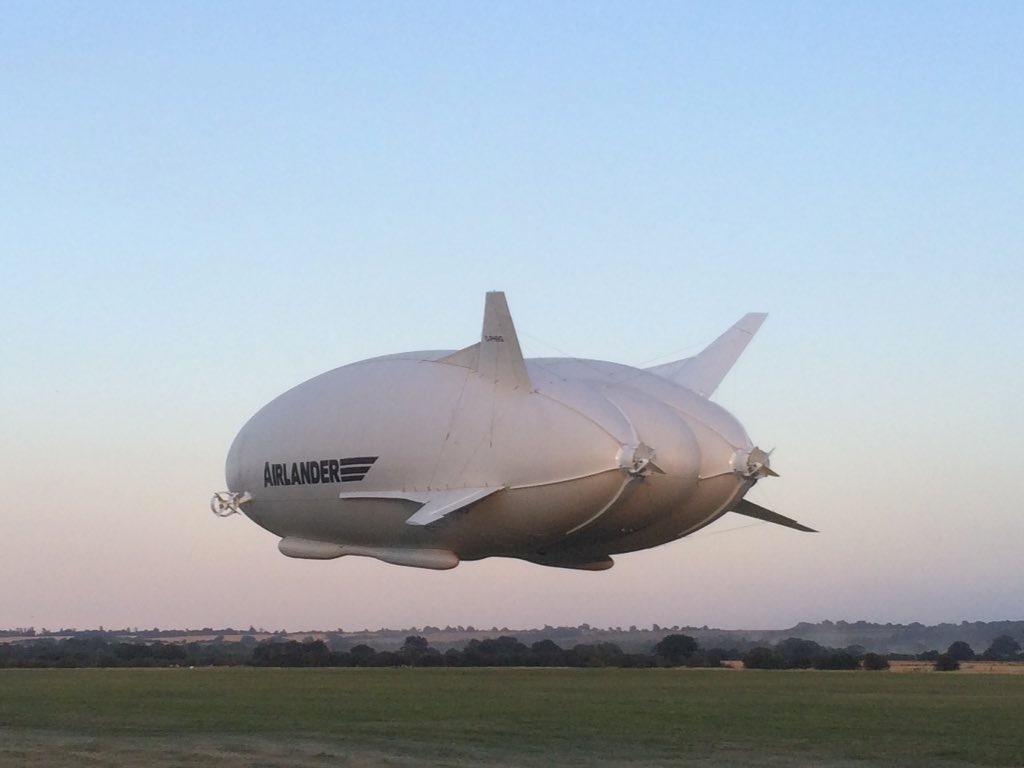
Currently the world's biggest aircraft, the helium-inflated Airlander 10, designed and manufactured by the British company Hybrid Air Vehicles, also incorporates aviation technology from helicopters and airplanes to keep it aloft. It measures 302 feet (92 meters) in length — by comparison, the largest passenger airplane, the Airbus A380, reaches only 232 feet (71 meters).
The airship is built to cruise at 20,000 feet (6,100 m) for up to two weeks without any people onboard, and for about five days when carrying a crew. Airlander 10 can take off and land from "pretty much any surface," while carrying cargo weighing up to 22,000 pounds (9,980 kilograms), Chris Daniels, head of partnerships and communication at Hybrid Air Vehicles, told Live Science in March 2016.
Airlander 10 embarked on its first flight on Aug. 17, 2016, flying for about 19 minutes within a 6 mile (10 kilometer) area in Bedfordshire, United Kingdom, and reaching a height of 500 feet (152 m).
Fireball finder
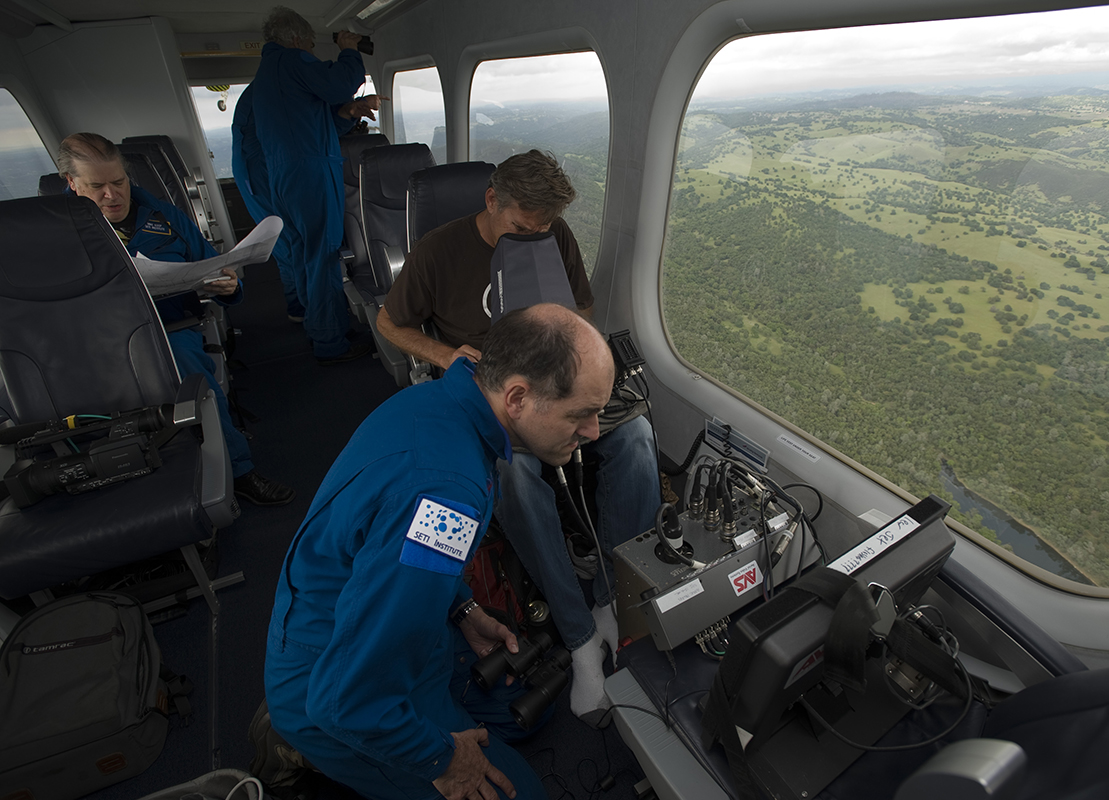
After a rare daytime fireball from space that was "the size of a minivan" exploded over the California coastline on April 22, 2012, a team of scientists climbed aboard the zeppelin Eureka, to cruise over the foothills of the Sierra Nevada mountains and search for fragments of meteorites on the ground below.
On May 3 of that year, researchers from NASA and the Search for Extraterrestrial Intelligence (SETI) Institute ascended to heights of 1,000 feet (300 m) in the airship, which measured 246 feet (75 m) in length, just a bit longer than a Boeing 747 airplane. Over the course of their 5-hour journey, they looked for craters that could mark locations where shattered bits of meteorite came to rest.
The scientists identified 12 possible features that could represent impact zones, over an area measuring about 25 miles long by 6 miles wide (40 kilometers by 10 kilometers).
They are the Walrus
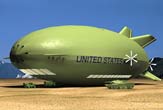
The incongruously-named Walrus program at the Defense Advanced Research Projects Agency (DARPA) is developing a type of hybrid airship that will be "a heavier-than-air vehicle and will generate lift through a combination of aerodynamics, thrust vectoring and gas buoyancy generation and management," according to a statement.
DARPA representatives stated that these modern airships would confront and overcome design challenges faced by dirigibles in earlier eras, investigating "advanced breakthrough technologies that will support the development of innovative lift and buoyancy concepts."
In search of Bigfoot
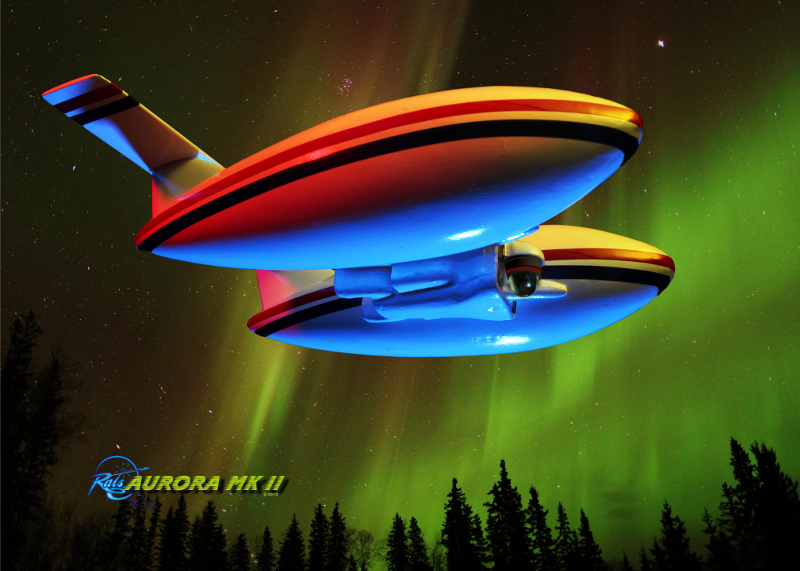
Could a dirigible finally solve the mystery around the alleged existence of the elusive, furry humanoid known as Bigfoot? Operators of the Falcon Project think that it can.
To that end, Falcon Project representatives announced in 2012 that they would launch a search for the bipedal beast by deploying a remote-controlled helium-filled airship to visit the skies over forest habitats where sightings of the creature were reported. The custom-built Aurora Mk II measures 45 feet (14 m) in length and will hunt for Bigfoot clues from an aerial vantage point, scanning the terrain below with cameras capturing images in high definition and in thermal and infrared spectra.
Search methods typically used by Bigfoot hunters — on foot and from the air — are noisy, and likely to spook their subject, they say. However, a silent, stealthy airship buoyed by helium could enable those on Bigfoot's trail to observe wild spaces without disturbing any of the inhabitants, Falcon Project officials said in a statement.
Fish-like blimp
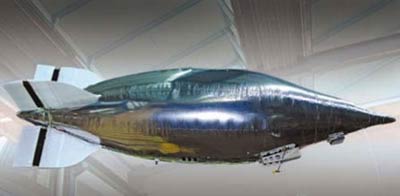
Unlike zeppelins, blimps have no internal framework supporting their "skin," and they maintain their shape solely from the pressure of the gas that inflates and supports them. That flexibility is allowing researchers to explore a type of propulsion system that uses artificial muscles to propel a blimp through the air, much as a fish swims through water.
The so-called muscles are elastic polymer films (EAP) that expand and contract when jolted with electricity, creating a bending and rotating stroke in the blimp's body that moves the airship forward.
"This technique can be transferred directly from water to air," Silvain Michel, a researcher with Empa — the Swiss company that designed the blimp — told Technovelgy.com. "The blimp moving through the air is, in terms of the physics involved, exactly the same as a fish moving through water. In both cases, a body is moving through a fluid and is subject to the same laws of fluid," Michel said.
Return of the zeppelins
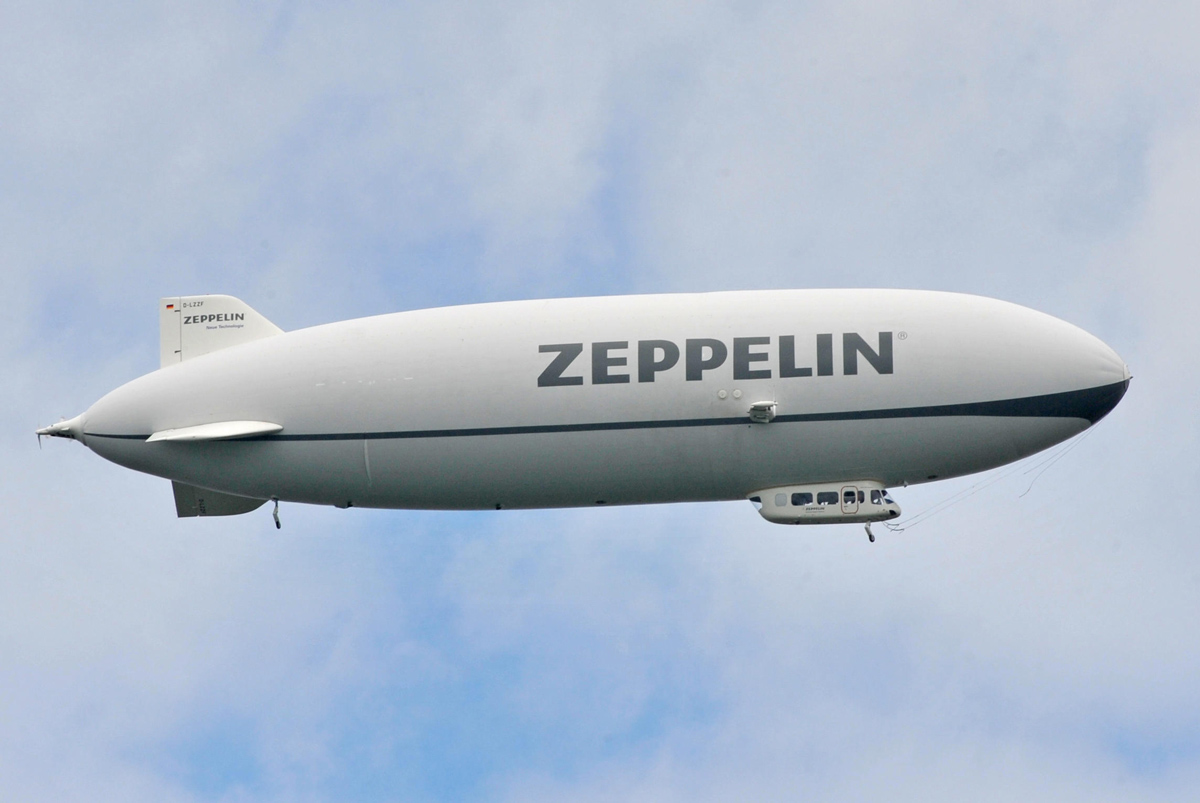
In 2008, airship design company Airship Ventures in California acquired an $8 million 12-passenger zeppelin — a Zeppelin NT design, built by the German company Zeppelin Luftschifftechnik GmbH — to be used for sightseeing excursions.
Zeppelins only recently returned to German skies in 1997, when the first Zeppelin NT prototype was launched, and this is the first zeppelin to operate in California since the U.S. Navy airships U.S.S. Macon and U.S.S. Akron crashed in the 1930s.
At 247 feet (75 m) in length, Zeppelin NT airships are significantly shorter than the massive Hindenburg, which measured 804 feet (205 m) long. Also unlike the Hindenburg, the modern zeppelins are inflated with helium, which is somewhat less buoyant than hydrogen, but is also far less flammable.

Mindy Weisberger is a science journalist and author of "Rise of the Zombie Bugs: The Surprising Science of Parasitic Mind-Control" (Hopkins Press). She formerly edited for Scholastic and was a channel editor and senior writer for Live Science. She has reported on general science, covering climate change, paleontology, biology and space. Mindy studied film at Columbia University; prior to LS, she produced, wrote and directed media for the American Museum of Natural History in NYC. Her videos about dinosaurs, astrophysics, biodiversity and evolution appear in museums and science centers worldwide, earning awards such as the CINE Golden Eagle and the Communicator Award of Excellence. Her writing has also appeared in Scientific American, The Washington Post, How It Works Magazine and CNN.


